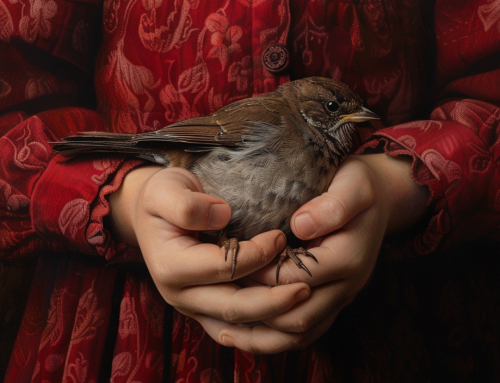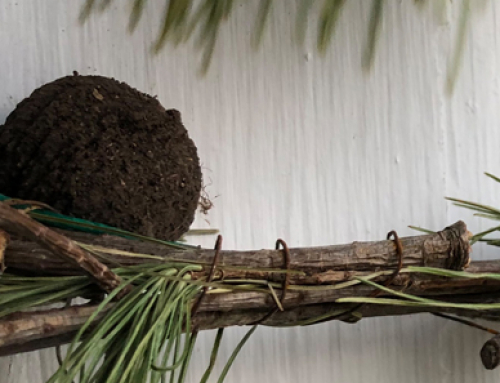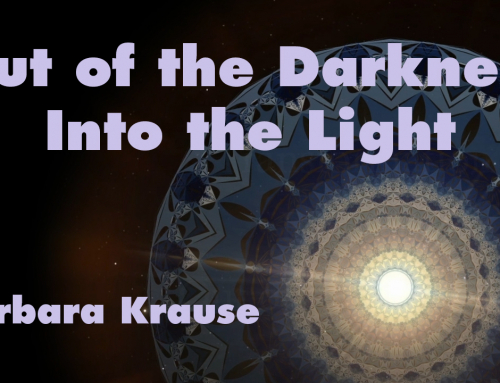Approaching death and dying is easier when you’ve done some inner work. “What?” you respond, incredulously. “I’m not the one who is dying here—this is about someone else.” Declarations like these bring you comfort, you think you’re off the hook, especially when you’ve spoken them aloud and with gusto. The reality is that each day is a step toward your time of death and dying. At some point, you will come face-to-face with this inner work. My greatest hope is that this will happen sooner than later in your life. Consider taking time now to ponder death when you’re not in crisis mode and or have health challenges. Adding death contemplation to your to-do list is a backside incentive.
Why do any inner work? When you begin to admit and explore your feelings about death and dying, the initial tightness in your stomach or headaches begin to relax. Nerves calm. You begin with mentally meeting your soul at its current level—reaching out to it, not expecting it to come to you. Stop all busyness or other distractions. Have no agenda, but sit with all thoughts, giving them time to settle in the heart. Inner work continues until you’re able to say, “I’m going to die” without flinching. Understandably, reaching this point may take some time. Chances are your inner voice is resistant. This is not a one and done conversation. The willingness to approach this natural part of your life may need to be repeatedly coaxed and reassured. A lifetime of stories and experiences are in line for untangling. Inner work takes intention, time, and perseverance. The reward is that denial is left behind, making room for flow and ease.
Now that you are a bit more confident in allowing your thoughts to surface, you can get more personal with death. Name the stories and beliefs behind your thoughts, their impact on how you approach death today, and the decision of whether to release any narratives. An ancestral story I found fascinating—yet seemed questionable—was about a very real worry that my paternal grandmother had concerning death. Research helped me to understand the circumstances of my grandmother’s fears. Her anxiety began with stories she had heard as a young child of the early 1900’s about people being buried alive. Mary Shelley’s 1818 novel, Frankenstein, also popularized the idea of bringing a person back to life. People had questions.
In 1892, Safety Coffins were constructed to include a bell for ringing in case someone was buried alive. Even though it was 1990 when my grandmother died, she still recalled those stories of her youth, and they affected how she viewed death. All those years later, she still wanted to make certain an exit plan was available if needed.
Acknowledging death and our own stories and beliefs is not always easy because it challenges societal preferences: youthfulness; glamorous movie or heart-wrenching opera deaths; profitable, expedient care of deceased loved ones; and swift body disposition. Yet, how do these preferences honor and enhance the meaning of life in death? By discussing death and dying, you become aware of what is most important and sacred to you.
An unlearning of opinions, stories, unconscious observations, and media details about death and dying creates a greater balance when processing death. Without a pre-programmed mind, higher thoughts are clear—they are not clouded by drama. For example, upon receiving a terminal diagnosis, feelings may surface: “Life has handed me a curve ball” or “I’m not going down without a fight.” The first thought supports present moment living and offers possibility thinking, while the other is focused on the future and is fear based.
When loss, death, and dying first chose me to be an advocate, I resisted with fear for six months. I had to leave behind some distorted thoughts like “I can’t do this—I’ll cry too much” or “Do I really want to start something this challenging—at my age?” or “Why would I work with a topic that people aren’t exactly excited about it?” Then I realized that Source’s early morning nudges were about possibility thinking, and I was never one to turn down a challenge. I was excited about present moment thinking. Creativity. The greater good. The rest is history.
I am gratified and at peace with this calling. “Sitting with” my own stories and experiences about loss, death, and dying helps me to become familiar with the presence of Source in all circumstances, so I can more effectively engage others. Advocating for loss, death, and dying, I deepen my spiritual growth and hold space for others to welcome their inner work.
© 2024 In the Thick of Things LLC






